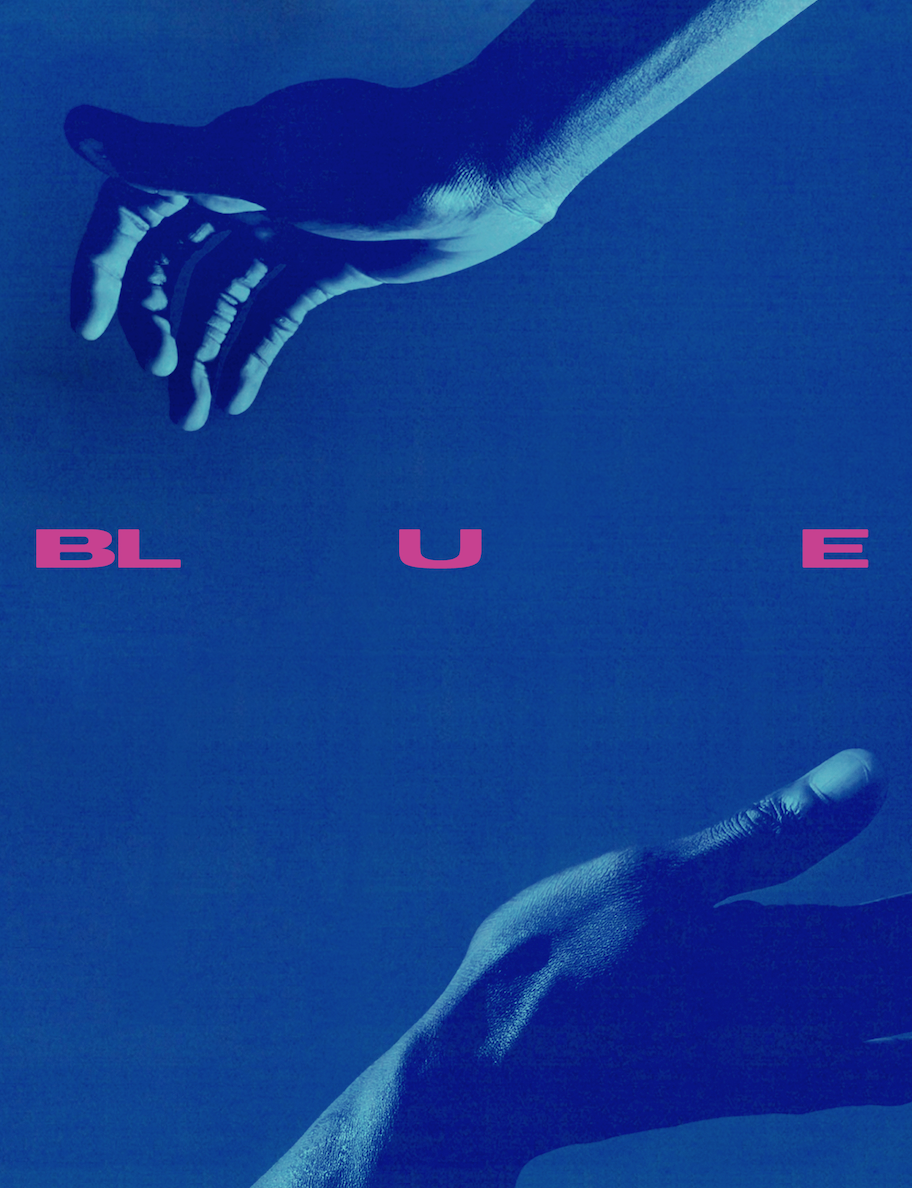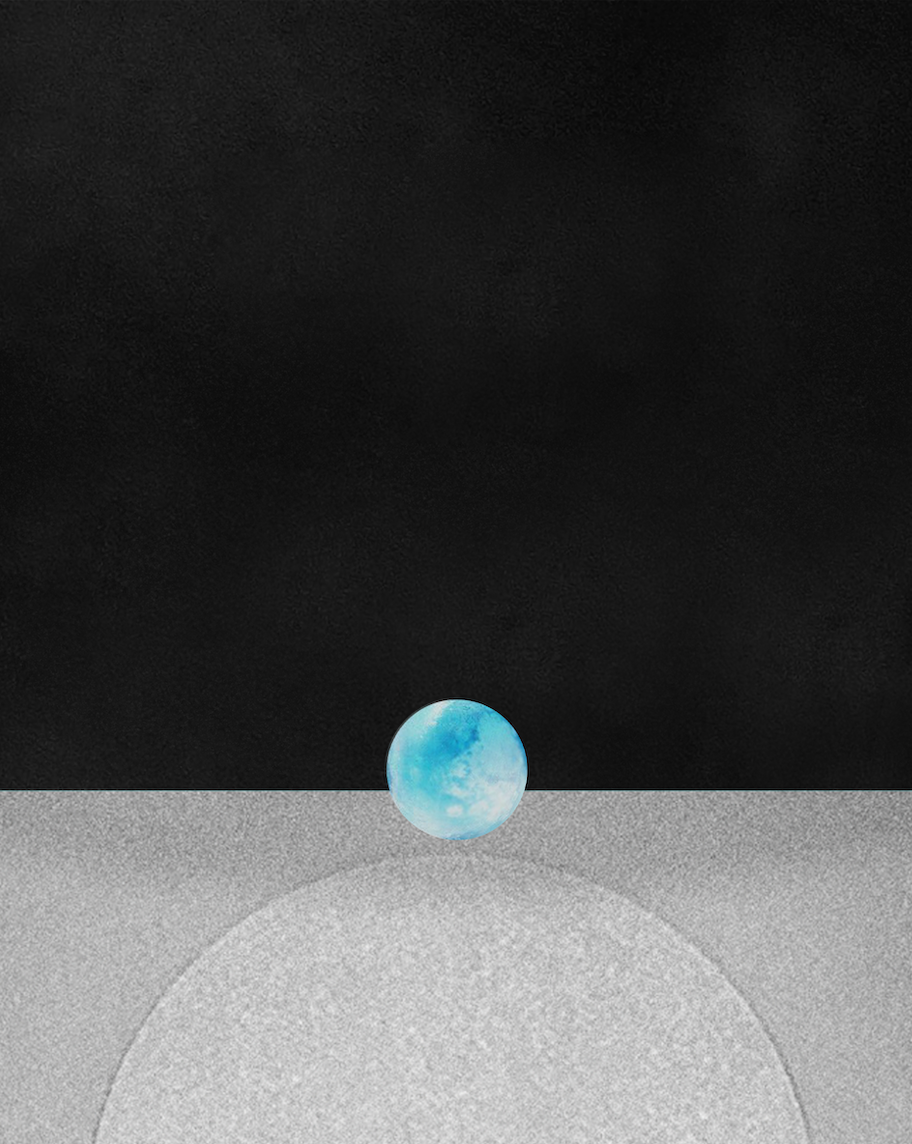
ARTWORK SARAH CHIAROT @sarahchiarot
TEXT PEYTON INOFF @pinoff__________
In an ideal world, a consumer would be able to purchase a product labeled as sustainable and trust that the company had done the work to back up that label. Unfortunately, it’s wildly important to be a smart and educated consumer as the responsibility seems to fall on consumers’ shoulders and not the brands most of the time. This shouldn’t be the case, but because it is, we have to dig deeper and carefully consider where we choose to spend our hard-earned money. We have to speak up and continue to question where our products are made and ensure they are ethically and sustainably sourced, produced and packaged, and beyond. Once you pull back the layers and further investigate what constitutes an actually sustainable product, you can no longer view the life cycle as linear. We must fully embrace and value the entirety of a product, from ingredients sourced, to extraction and labor, to transportation, packaging, enjoyment of that product, and then disposal.
With the drastic rise of what we call “green beauty” brands; brands that create products that are organic, non-toxic, environmentally clean, and sustainably sourced ingredients, there are some other factors that are often not considered. Think brands that make wonderful clean non-toxic products: meaning non-toxic for your skin, but then package them in plastic bottles. Is a product truly non-toxic if its creation and disposal are directly harming the environment? According to the World Wildlife Fund, the ocean “covers 71% of our Earth’s surface and sustains the lives of billions of people. It regulates our climate, produces half the oxygen we breathe, and fuels the water cycle that produces rain and freshwater. One dump truck full of plastic waste enters our ocean every minute. That’s 8 million tons of plastic every year.” Beauty products are a major contributor to this plastic waste, as they are some of the most difficult to recycle.

As we continue to discover the amount of waste in the ocean and break down exactly what that waste is, microplastics continues to come to light as one of the most harmful wastes that enters the ocean. A recent NPR article discussed that “researchers say they have found microplastics — tiny pieces of plastic debris that come as a result of the disposal of industrial waste — deep in the lungs of living humans for the first time. The research, done at Hull York Medical School in England and published in the journal Science of the Total Environment, is the first robust study to identify the plastics in the lungs of living people. The plastics have previously been found in human blood, excrement and in the depths of the ocean.” Another form of microplastic are microbeads, which are small particles found in makeup and skincare products. While they’ve already been recognized for their harmful environmental effects and are banned in wash off products, they’re still allowed in stay-on cosmetics.
As we scale back to talk about plastic as a whole, we know that plastic is the most commonly used packaging across the board. As you’ve probably heard, it’s predicted that by 2050 the ocean will contain more plastic than fish. The cosmetics industry is one of the biggest contributors to that seriously tragic truth – creating 120 billions pieces of packaging every single year. Beyond just the non-recyclable packaging, these “green beauty” brands are often using practices that are harmful to the environment throughout the entire process of production. An example: water usage. Some natural ingredients take massive amounts of water to produce. Another is the amount of damaging CO2 released in the atmosphere by transporting products. During the production process of mixing, filling, and creating these products, we must inquire about how eco-friendly the manufacturer’s practices are. How are they reducing waste and how are they disposing of waste and pollution? What energy sources are being used?

When deep diving into the ingredients used in these “green” beauty products, they often include a list that are non-toxic to us but quite toxic to our environment. Silicones are found in about half of all beauty and skincare products and rarely ever break down and end up in our oceans, thus being consumed by marine life. Another ingredient is Teflon, which also never breaks down and has been found in oceans and local water supply, as well as in the bodies of animals, people, and marine life. Oxybenzone, found in chemical sunscreens, is a major problem for our coral reefs. This ingredient makes the coral more susceptible to bleaching and creates lasting damage to an incredibly vital and irreplaceable part of our oceans. Ingredients like EDTA’s, PFA’s, and PFC’s accumulate in the environment and are also incredibly harmful. Many ingredients are grown with GMOs or need heavy pesticides and insecticides for growth. These chemicals can degrade the soil, poison waterways, and harm animals, marine life, people, and other plants.
As we continue to be informed consumers, It’s time we move beyond green beauty and fully embrace a new concept: Blue Beauty, a term coined by Jeannie Jarnot of Beauty Heroes. Athr Beauty defines Blue Beauty as “safe, sustainably sourced ingredients PLUS ocean-safe ingredients and reused, recyclable, or refillable packaging. It’s about limiting our impact on this planet and its inhabitants + actively contributing to a healthier planet.” Blue beauty considers every step of the process. To be blue, brands need to avoid virgin plastic, use recyclable & recycled materials, use minimal packaging, and overall keep beauty packaging out of our landfills and oceans. In addition, they need to continue to use ingredients that are good for us and ensure the people making these products are treated fairly and have safe and healthy working environments. Producing everything in small quantities to avoid overproduction, and making products that are made to last are also key components of the concept.
In addition to being educated consumers, we can still push for regulated change. Government regulation would be the most powerful measure of this. If brands were required to package their products in an environmentally/ocean-friendly manner, and forced to be completely transparent in every aspect, not only would that change begin immediately but it would also force brands to realize their implications, create climate conversations, and allow us to truly be informed. We must continue to ask the hard questions and expect more. 2022 is the year we embrace Blue Beauty.
| Cookie | Duration | Description |
|---|---|---|
| cookielawinfo-checkbox-analytics | 11 months | This cookie is set by GDPR Cookie Consent plugin. The cookie is used to store the user consent for the cookies in the category "Analytics". |
| cookielawinfo-checkbox-functional | 11 months | The cookie is set by GDPR cookie consent to record the user consent for the cookies in the category "Functional". |
| cookielawinfo-checkbox-necessary | 11 months | This cookie is set by GDPR Cookie Consent plugin. The cookies is used to store the user consent for the cookies in the category "Necessary". |
| cookielawinfo-checkbox-others | 11 months | This cookie is set by GDPR Cookie Consent plugin. The cookie is used to store the user consent for the cookies in the category "Other. |
| cookielawinfo-checkbox-performance | 11 months | This cookie is set by GDPR Cookie Consent plugin. The cookie is used to store the user consent for the cookies in the category "Performance". |
| viewed_cookie_policy | 11 months | The cookie is set by the GDPR Cookie Consent plugin and is used to store whether or not user has consented to the use of cookies. It does not store any personal data. |